Nuclear Fast Red CAS: 6409-77-4 | MF: C14H8NNaO7S | MW: 357.27, Buy now Histological Stains & Dyes for Histology, Cytology, Microbiology, Hematology & Biology Lab from TriStains. All Tristains products are exclusively distributed by Dawn Scientific Inc.
Nuclear Fast Red is a synthetic dye belonging to the xanthene dye family, with a chemical formula of C14H8NNaO7S. Also known as 4-Amino-9,10-dihydro-1,3-dihydroxy-9,10-dioxo-2-anthracenesulfonic acid sodium salt, this deep reddish-purple color dye has anthraquinonic nature and is commonly used for staining of nuclei. Its wide range of applications in histology, cytology, and microscopy makes it a reliable choice for various staining and visualization techniques.
TriStains provides a marketplace for histology and biological stains, which is comprehensive enough to encompass the peculiar requirements of laboratories specializing in Histology, Cytology, Microbiology, and Hematology. With a reputation for exceeding quality expectations, TriStains performance is outstanding which allows for resolution of cell and tissue components fundamental to life sciences to be clearly visualized. Each product under TriStains series is validated for accuracy, reliability and consistency. TriStains, which manufactures and markets stains and indicators in various packing, offers laboratories turn key solutions for all their staining and indicator needs, improving accuracy in every experiment.
Application :
- Nuclear Fast Red is commonly used as a counterstain in histological and cytological staining procedures. It has been used to counterstain nuclei and renal collecting ducts.
- It is often used in combination with other dyes, such as hematoxylin, to provide contrast and highlight specific cellular structures.
- It is a valuable stain for various microscopy techniques, including light microscopy, fluorescence microscopy, and electron microscopy. It helps in the visualization and identification of cellular components and tissues.
Benefits :
- It has a high affinity for nucleic acids, particularly DNA and RNA
- Relatively stable and resistant to fading
- Versatile and cost-effective
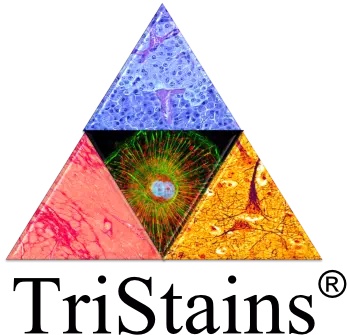

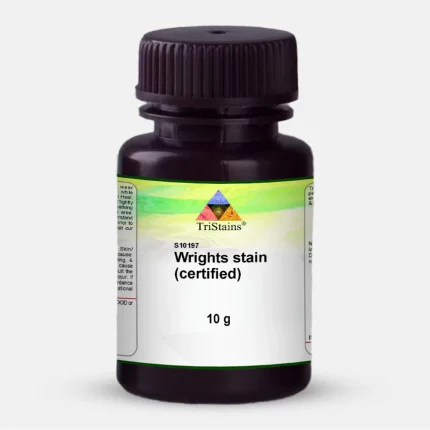
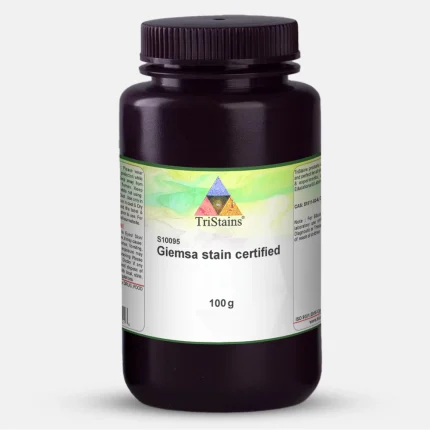
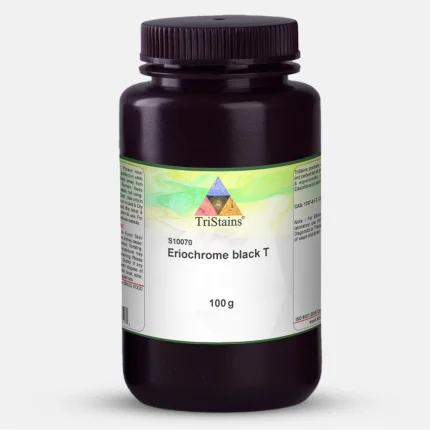
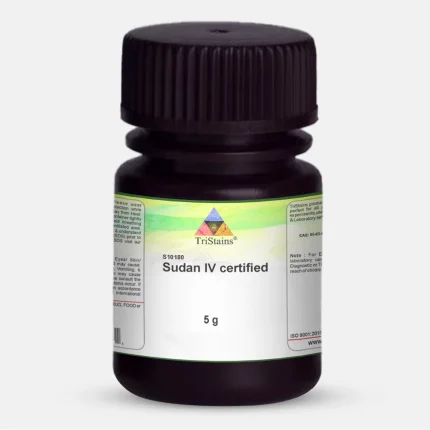
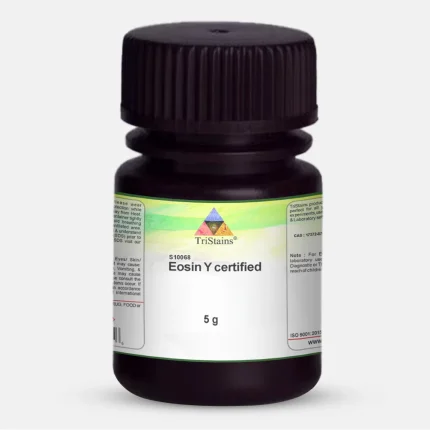






Reviews
There are no reviews yet.